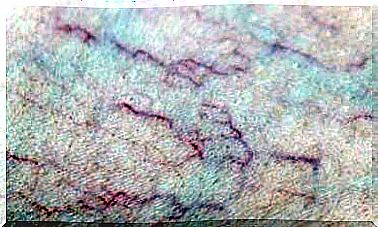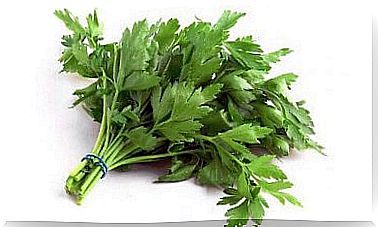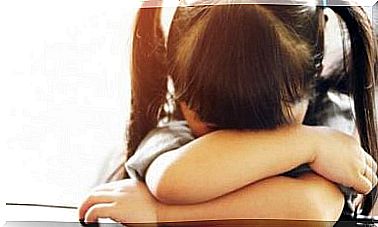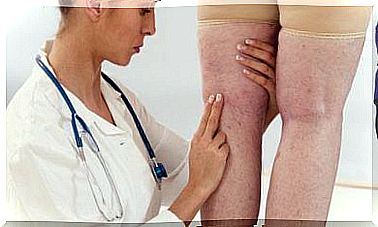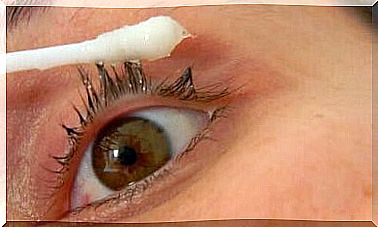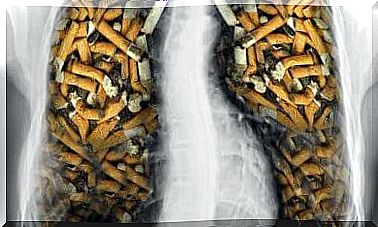Ruptured Rotator Cuff: Phases Of Rehabilitation

The rotator cuff is a group of muscles and tendons surrounding the shoulder joint. A rotator cuff torn can cause a dull shoulder pain, which often worsens when you try to sleep on the affected side. The risk of rotator cuff injury increases with age.
Symptoms of a Rotator Cuff Torn
In general, pain associated with rotator cuff damage can manifest itself in a variety of ways. Some examples of this are:
- Dull shoulder pain.
- Pain that disrupts sleep, especially when lying on the affected shoulder.
- Pain that makes it difficult for the patient to comb his hair or touch his back.
- Weakness of the arm.
Surgery is the most common way to repair a rotator cuff torn. After that, the patient must go through a rehabilitation program. Below we will look at what this rehabilitation entails.
Stages of Treatment for Rotator Cuff Torn
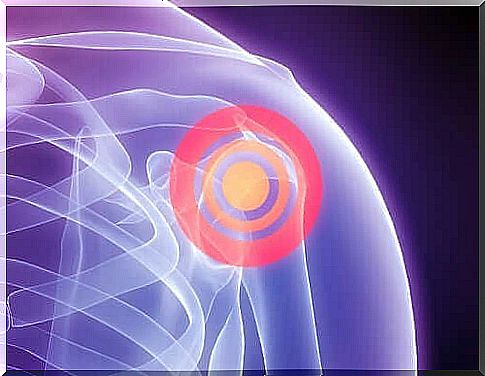
Postoperative rehabilitation after rotator cuff surgery should always begin with good communication between the orthopedic surgeon and the rehabilitation physician.
The ideal rehabilitation program for a rotator cuff torn should allow the tendons and muscles to heal properly while preventing shoulder stiffness.
However, every body and every injury is different. Therefore, an individual rehabilitation plan should be drawn up that takes these differences into account. Only in this way will you eventually achieve good results.
Personalized Rehabilitation
The different phases of the rehabilitation process must be individualized for each patient. They depend on, among other things:
- The type and size of the rupture.
- The surgical techniques used.
- Quality of the body tissues.
- The result of the operation.
- The age of the patient.
- The activity level before the problem started.
- The patient’s personal goals.
Patients with an acute tear are more likely to tear the rotator cuff again. Therefore, they must follow a slower rehabilitation protocol to protect the outcome of the surgical procedure.
In contrast, patients with an increased risk of developing complications such as postoperative shoulder stiffness require early mobilization. This is necessary to avoid this complication as much as possible.
In addition, the phases of rehabilitation should be based on the periodic evaluation of the patient. In addition, each phase of rehabilitation treatment should include a home exercise program.
Rotator Cuff Torn Rehabilitation Programs
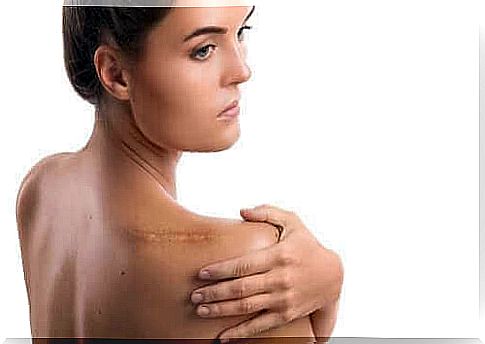
In general, there are two types of programs: a conservative and an accelerated program. We will explain the features of both programs in more detail below.
1. Conservative Program
The conservative program consists of a treatment delay of 2-4 weeks. This can be chosen to both minimize tissue stress and facilitate healing. Conservative treatment is necessary for, among other things:
- patients older than 50 years with an acute rupture.
- cases with more than one rotator cuff tear.
- people with poor quality of the body tissues.
2. Accelerated Program
On the other hand, one can also opt for an accelerated program. This protocol makes the rehabilitation 2 to 4 weeks shorter. Due to a good assessment of the individual situation, this program can be followed without increasing the risk of damage to the repaired structures.
In certain cases requiring early mobilization, this program may even be necessary. People who qualify for an accelerated program include:
- patients under 50 years of age with small ruptures.
- cases with only one rotator cuff tendon tear.
- people with good tissue quality.
Rehabilitation Stages of a Rotator Cuff Torn
In general, four rehabilitation phases can be distinguished in recovery after rotator cuff surgery. Below we will indicate which phases these are and explain what this phase of the rehabilitation process consists of.
Phase 1: Immediate Postoperative Period
In the immediate postoperative period of the first 4 weeks after the operation, the protection of the recovery activities of the operation is central. The following guidelines are therefore central to this phase:
- Always use an abduction sling or brace.
- In addition, sleep with the arm in a sling, in a lounger and with a pillow under the arm.
- Only remove the immobilizer when necessary, e.g. for grooming and exercise.
- Cool the operated area regularly.
- Do the pendulum exercises that the physical therapist has discussed with you.
- Perform active range-of-motion exercises for your elbow as well as the wrist and hand.
- Do stretching exercises for the cervical spine.
Phase 2: protection and active movement
The second phase consists of gradually restoring passive range of motion. This phase usually lasts about 6 weeks: week 4 to week 10 after surgery.
- By week 4, there should be active assisted range of motion in the supine position.
- After 6 weeks there should be full passive range of motion. In addition, active-assisted movements are initiated.
- At week 8 there should be scapulothoracic and submaximal isometric exercises in the closed kinetic chain. In addition, proprioceptive exercises in an open kinetic chain should be performed.
Phase 3: Early Reinforcement
Then the rehabilitation continues with muscle strengthening. This phase lasts from week 10 to 14 working on the following objectives:
- First, the restoration of a full active range of motion.
- The rehabilitation then focuses on the recovery of strength and muscular endurance.
- Proprioceptive and neuromuscular control and strengthening of the periscapular muscles are also discussed.
- At the end of this phase, the rehabilitator can gently start performing daily activities.
Stage 4: Advanced Reinforcement
In this phase, the patient is ready to resume the level of functionality that he or she had before the problem started. This phase takes place in weeks 14 to 22. The milestones here include:
- First of all, there is a full and painless active range of motion.
- Subsequently, there may be a return from performing sporting activities.
- The rehabilitator also experiences a muscle strength that is normal for him or her and an acceptable stamina.
- At the end of this phase, the ultimate goal must have been achieved: the return to all activities that people used to do.
